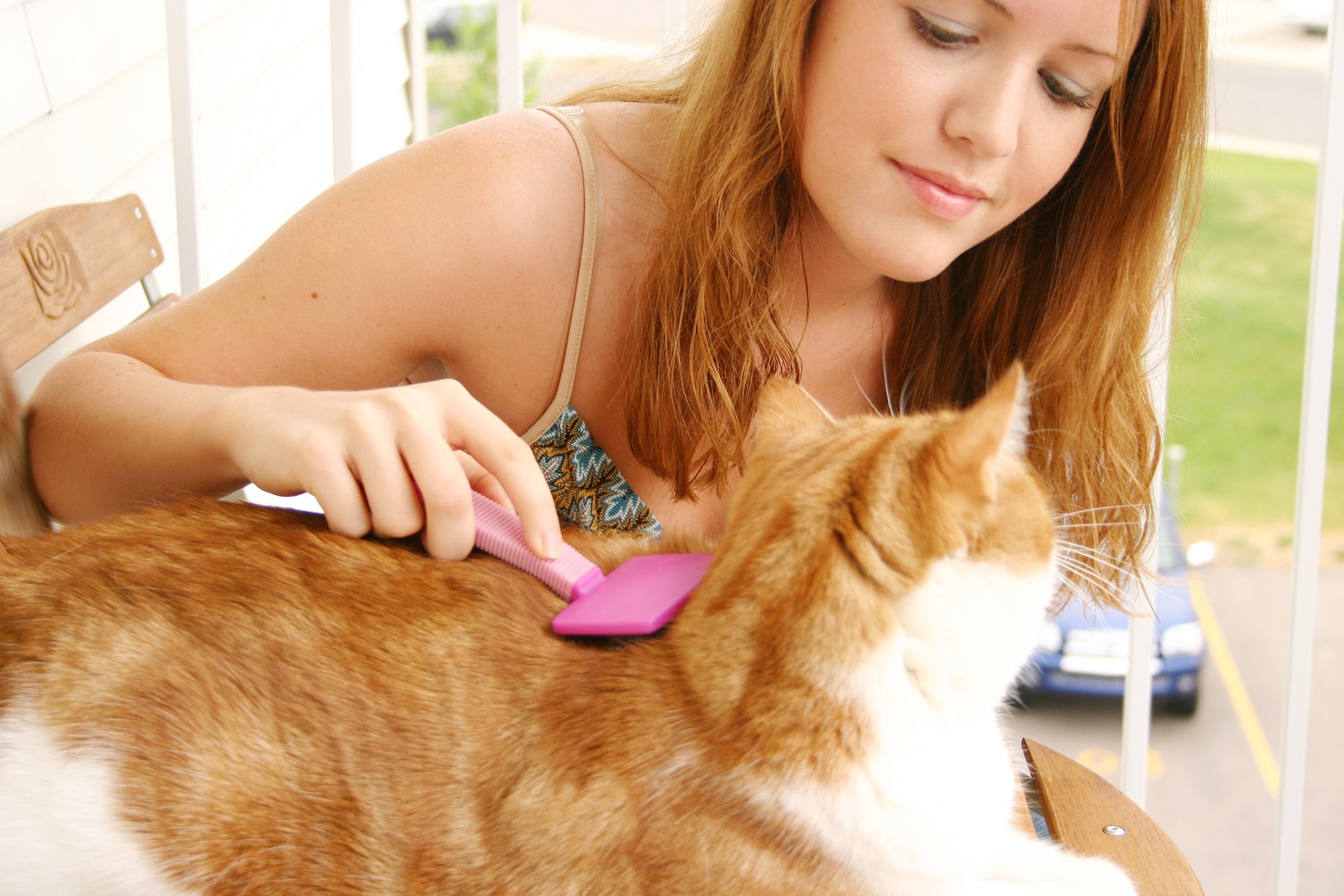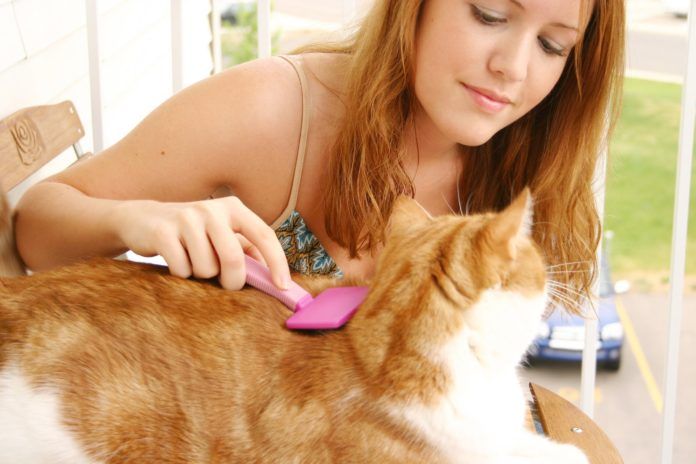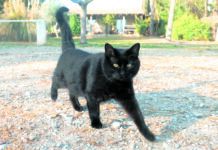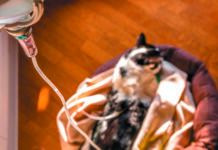

Q I have a five-year-old female longhaired cat who I adopted from the local humane society a couple of years ago. Recently, she has been having hairballs almost on a daily basis.
I have been giving her Laxatone daily, and I brush her constantly. She also seems as if she has problems digesting her food. I am not able to feed her any type of chunky food — only shredded or pate is tolerated.
Her veterinarian has not been able to find any medical problems with her, other than the hairballs. Do you have any suggestions for me? At this rate, the carpeting in my new home will be ruined before long. Any advice you can offer would be appreciated.
John Somers
A Dear John: It seems like you’re already doing the proper things to help minimize hairballs, so I’m not sure how helpful my answer is going to be. Hairballs are a common occurrence, especially in a longhaired cat like yours.
Cats are fanatical groomers, and the little barbs on their tongues pull off excess hair, which they swallow. Much of the hair passes through the digestive tract and ends up in the stool, but some hair will accumulate in the stomach. Once the hairball reaches a critical size, it triggers the cat to vomit it up. Although hairballs are mostly an annoyance, there have been cases where they’ve grown large enough to cause a dangerous obstruction.
There are several things you can do to minimize the hairball problem — but be aware that no single remedy helps all cats. Success is achieved by trial and error. First and foremost, you will need to brush your cat on a regular basis. Some cats love being brushed and fussed over. For those who dislike being brushed, stroking the cat gently while wearing nub-covered grooming gloves might be a good alternative. Some longhaired cats may need to be shaved down by a professional groomer.
Brushing alone is rarely enough, however. I see from your letter that you’re also using Laxatone, which is an intestinal lubricant. The use of these lubricants is usually the second step in helping keep hairballs under control. Most cats seem to like the taste of the lubricant, and consider it a treat. In most cases, brushing and lubricants alone solve the problem.
For stubborn cases, a specially formulated “hairball diet” may be warranted. These diets are high in fiber, and help control hairballs in most situations. Bear in mind that the goal is not to eliminate hairballs completely. That’s often not possible. A realistic goal is to reduce the frequency and severity of the problem by using a combination of brushing, shaving, lubricants and hairball diets. Good luck!
Arnold Plotnick, DVM, DACVIM
Catnip Contributor




